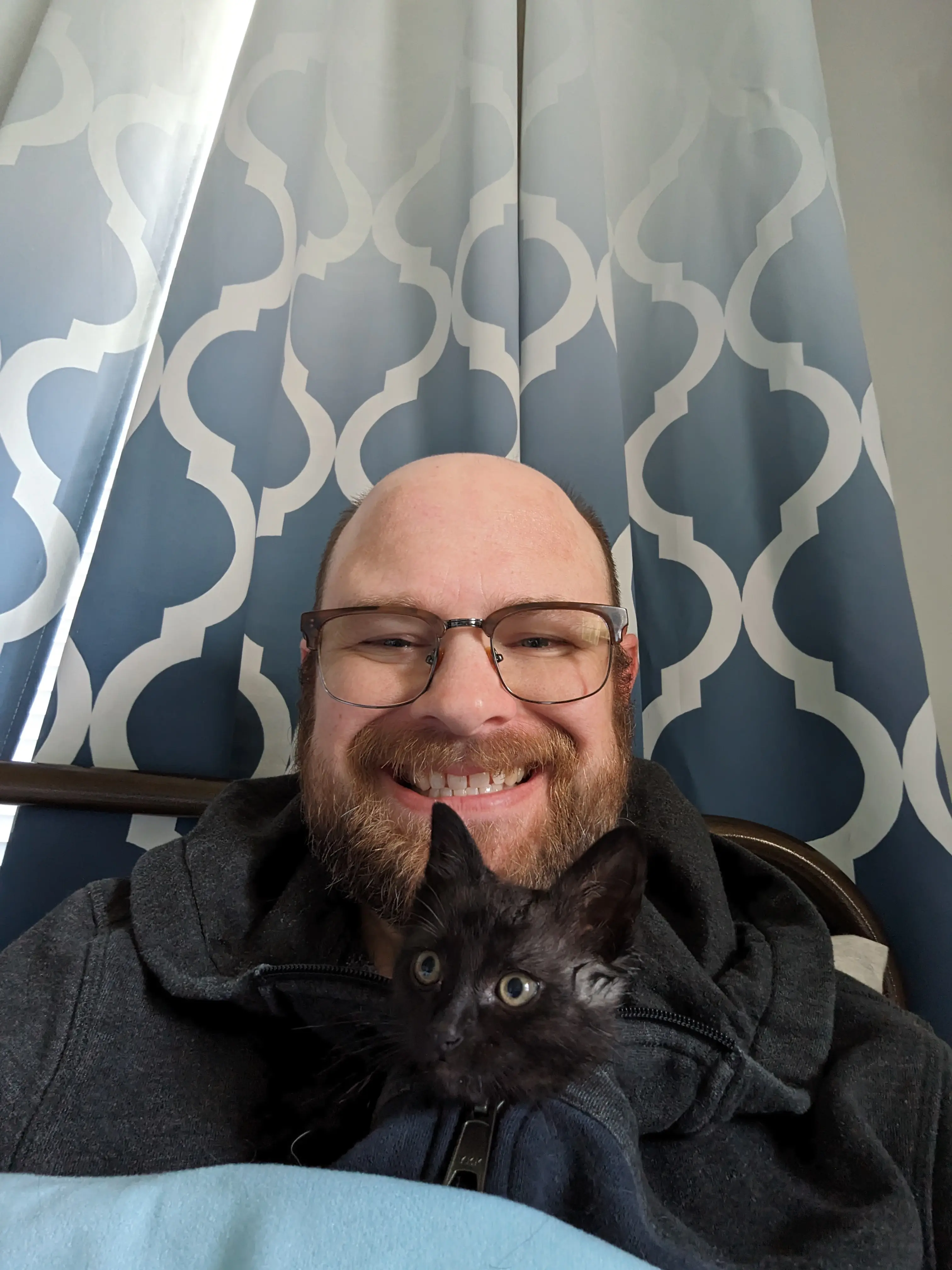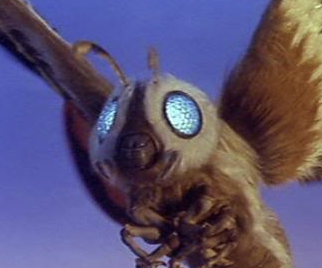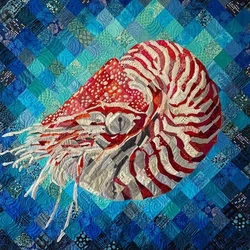cold blooded, and most lived in water so they would have advantages of a water source, plus thier tadpoles can live of organisms in the water. apparently the frogs pretty much diverged right after dinosaurs died out, so they probably lived very simple lives that dint require too much resources or food like dinos did. also they evolved 20 times faster than mammals did.
as mammals were quite small during the jurassic they dint require too much food or resources, and they mightve lived in burrows, and can survive and are omnivirous. while non-avian dinosaurs required too much resources to be able to live through a catastrophe.
some pre-kpg mammal groups also survived, and have mysterious evolutionary history, like BATS, selendons and nosphentes, monotremes and marsupials, plus south america had marsupial-adjacent mammals that survived until somewhat recently. plus plants that survived dint diversify til after thier extinction had advantages, by going dormant either by seeds or the whole plant itself.
Insectivores overall did pretty well, didn’t they? Also, interesting that it is possible that a good portion of them could have been (at least in one of the hemispheres) just tadpoles at the time. Too bad the article covers so little about what makes frogs different from what didn’t survive. Not too big, not too small doesn’t seem like a very thorough answer.
apparently dint start diversifying til after the extinction of the dinos, so they were likely much more primitive and less specialized (omnivores) just like mammals were, probably could burrow and not see the consequences of fallout, plus most of them were probably waterbound?. and 3 lineages survived, the most primitive is the frogs form new zealand, the tailed frogs, and the ones that are the newest.
It probably helps that they can croak repeatedly without suffering ill effects.
I heard they survived the KT extinction event because 65,000,000 BC was a leap year 🐸
Old put your head under the water trick.
Yes, being average is good
K-Pg boundary
The wut
The boundary between the mesozoic (era of the non avian dinosaurs, beginning with the great dying and ending with the extinction of the non avian dinosaurs) and the cenozoic (era associated with mammalian dominance, beginning with the k-pg extinction event and currently ongoing, but we’ll see how the anthrogenic extinction event goes)
Basically, it’s the time of the famous asteroid and its fallouts such as massive climatic shifts, dust clouds choking out plant life, etc. It was a really bad time, especially for things that weren’t small omnivorous generalists like our ancestors and birds.
What is the significance of “k” and “pg”?
I actually didn’t know so I looked it up. It seems k is for cretaceous because c was already an abbreviation for a geological era, and pg is for paleogene which is the first part of the cenozoic era. Looks like the name is also somewhat recent and it used to be called the k-t boundary with t meaning tertiary
They jumped out of the way
deleted by creator
Isn’t the astroid still a theory?
some signs point to both asteroid impact and the continious eruptions of the deccan traps. which is adding insult to injury for dinos.
Isn’t the astroid still a theory?
Yeap, just like gravity.
Because outside of math, in science there is never any “proven!” moment. But you can range anywhere from fuzzy ideas, to untested hypotheses, to tested hypotheses, to lightly confirmed theories, to theories which are hard to tell apart from absolute fact.
The point is though, that there must always be room for correction and for new evidence to be accounted for.


/https://tf-cmsv2-smithsonianmag-media.s3.amazonaws.com/filer_public/21/87/21879379-ca2c-477c-b95d-1197c4ae3db5/gettyimages-1265212807_web.jpg)




